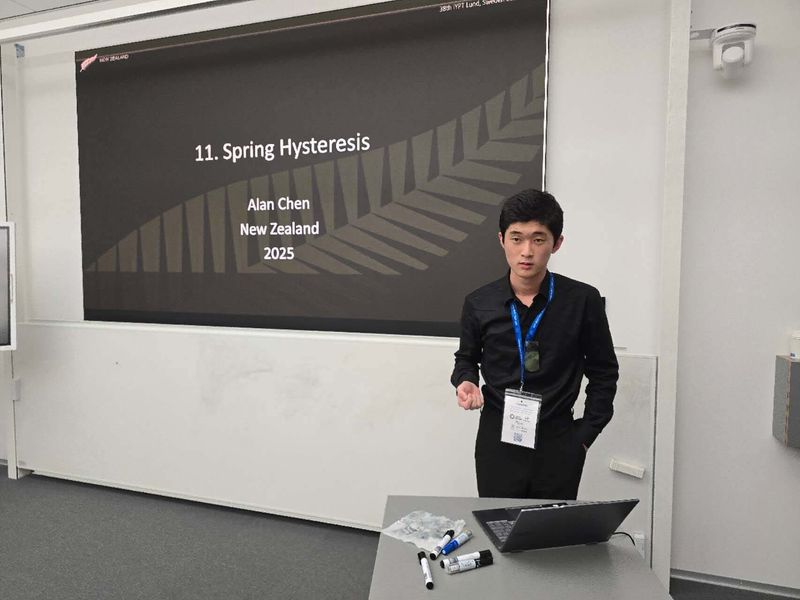
College Biology Students Study Rocky Shore
College Biology Students Study Rocky Shore
March 23, 2015 at 12:42 PM
Field excursions play an important part in the Senior School biology programme at the College, helping to bring theoretical learning into context and contributing immeasurably to our students’ overall understanding of a concept.
While the summer weather still lingered, students travelled in groups to Auckland’s North Head to investigate the distribution of animal life in the inter-tidal environment as part of their NCEA and IB coursework. Using the standardised field techniques of quadrats and transects to accurately measure the distribution and abundance of shoreline invertebrates, the students logged data and made observations of their own.
Over the course of Term 1, the classes had been studying the adaptations of these marine organisms and how certain features enable them to survive in what are varied and challenging circumstances. By investigating the animals in situ, students are better able to link the theoretical components of their study in ecology to a habitat that might otherwise be easily over-looked. The inter-tidal zone is a microcosm of more complex ecosystems, enabling students to learn principles that apply at a larger scale and have greater consequence and meaning if misunderstood or ill-appreciated.
As an island nation, New Zealand has a great many easily accessible coastlines and, although familiar, these shores are a natural habitat for many small and unobtrusive species that form part of a bigger chain of life. Developing an appreciation for how these species survive under challenging conditions enables students to better understand how precarious and demanding life can be for all species.









